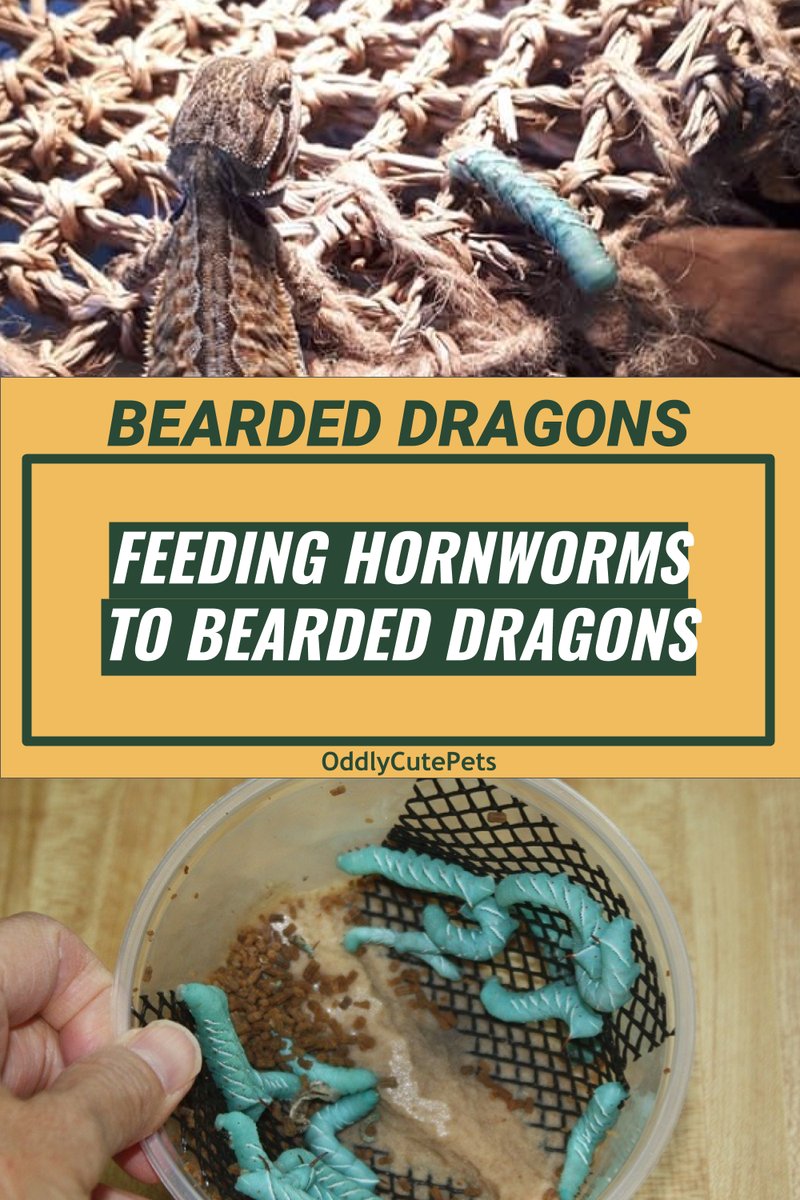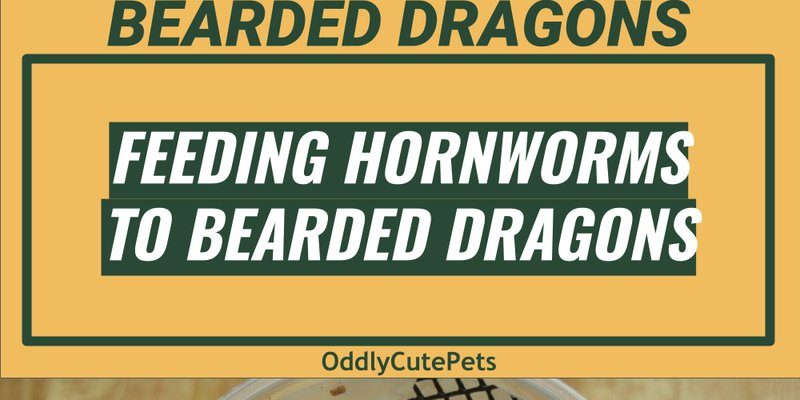
Hornworms are not just easy on the eyes; they’re also a popular treat among reptiles. But before diving in, it’s essential to understand their nutritional benefits, how to prepare them, and if they’re suitable for your specific reptile. So, grab a cup of coffee, and let’s chat about whether hornworms should make it to your reptile’s dinner plate!
What Are Hornworms?
Hornworms are the larvae of the sphinx moth, and they’re often larger than other common feeder insects. They typically measure about 3 to 4 inches long and have a distinctive horn-like protrusion on their rear end, which is how they got their name. These little guys are usually found in gardens, munching on the leaves of tomato plants or other vegetation.
When raised as feeder insects, hornworms are often sold in pet stores or online. They’re usually bright green, making them visually appealing and easy to spot in a tank. Their growing popularity as reptile feed comes from their impressive size and nutrient-rich composition. That said, they’re not just about being fun to look at; they offer a lot more than meets the eye.
Nutrition Benefits of Hornworms
If you’re considering hornworms as a food source for your reptiles, their nutritional profile is a big plus. These caterpillars are high in protein and moisture, making them a healthy snack option. Here’s a quick breakdown of what makes them attractive:
- High Moisture Content: Hornworms are around 80% water, which helps keep reptiles hydrated.
- Good Protein Source: They provide a decent amount of protein, essential for growth and energy.
- Low Fat: With lower fat content compared to other insects, hornworms can prevent obesity in reptiles.
Their nutritional benefits can help support your reptile’s immune system and overall health. But, of course, balance is key. While hornworms can be a great addition to a diet, they shouldn’t be the only food offered. Think of them as part of a balanced meal plan, like a side dish rather than the main course.
Which Reptiles Can Eat Hornworms?
You might be wondering whether hornworms are suitable for all reptiles. The answer is a bit mixed. Hornworms are generally a good option for a variety of reptiles, especially for those that enjoy softer, juicier prey. Here are some of the reptiles that can thrive on hornworms:
- Bearded Dragons: These friendly reptiles often love the texture and flavor of hornworms.
- Leopard Geckos: Their diet can benefit from the moisture and protein hornworms provide.
- Chameleons: Since chameleons can be picky eaters, hornworms are a colorful and tempting choice.
However, it’s essential to size the hornworms appropriately. Juvenile reptiles may struggle with larger hornworms, so ensure you offer a size that your pet can handle. Always monitor your reptile’s response to new food items to see how they adjust.
How to Safely Feed Hornworms
Feeding hornworms to your reptiles is relatively straightforward, but there are a few steps to ensure you do it safely. Here’s how to go about it:
1. **Purchase from a Reliable Source**: It’s crucial to buy hornworms from reputable pet stores or online suppliers to ensure they’re healthy and pesticide-free.
2. **Prepare the Hornworms**: If the hornworms come in a container, just remove a few for feeding. Ensure they are active and not showing signs of distress.
3. **Offer Them in a Clean Environment**: Place the hornworms in your reptile’s feeding area. Make sure the environment is clean to reduce the risk of any contaminants.
4. **Monitor Feeding Time**: Watch your reptile closely as they eat. Some might enjoy chasing after their prey, while others will prefer to grab them and eat them on the spot.
Potential Downsides of Hornworms
While hornworms have their perks, they’re not without drawbacks. One issue is their short lifespan; they can die quickly if not stored or fed properly, which means you need to use them within a specific time frame. Additionally, since hornworms are high in moisture, feeding too many can lead to diarrhea in reptiles.
Here are a few things to keep in mind:
- Short Shelf Life: If you purchase hornworms, use them quickly, or they can spoil.
- Hydration Issues: Excessive moisture can upset your reptile’s stomach.
- Cost: Depending on where you buy them, hornworms can be more expensive than other feeders, like crickets or mealworms.
So, while hornworms can be a fantastic treat, moderation is critical.
Alternatives to Hornworms
If hornworms seem like too much of a hassle or aren’t available, there are several alternatives you can consider. Here are some common feeder options:
- Crickets: A classic choice; they’re cheaper and readily available.
- Mealworms: These are protein-rich and easy to gut-load for added nutrition.
- Superworms: Similar to mealworms but larger, they can be used for bigger reptiles.
Each of these alternatives has its own nutritional profile, so mixing and matching can create a well-rounded diet for your reptile.
Final Thoughts
Hornworms can definitely be used as reptile feed, offering plenty of nutrients and excitement for your pet. They’re especially beneficial for reptiles that thrive on softer foods. Just remember to balance their intake with other food sources to keep your scaly companion healthy and happy.
Whether you’re introducing hornworms for the first time or considering them as a regular part of your reptile’s diet, it’s clear that they can bring variety and nutrition to the table. Happy feeding!

